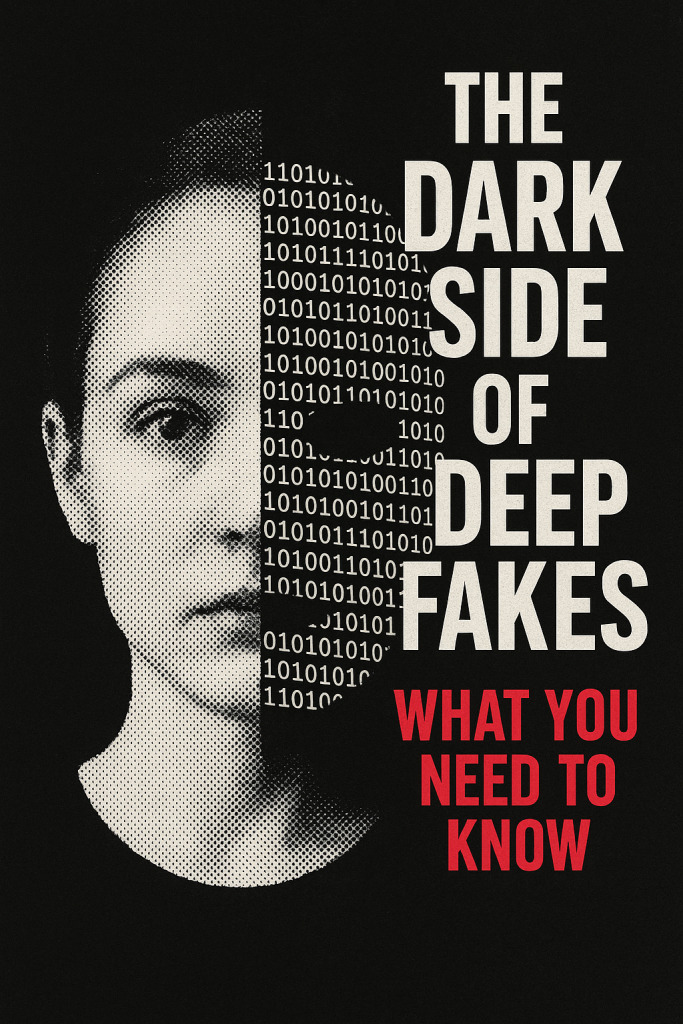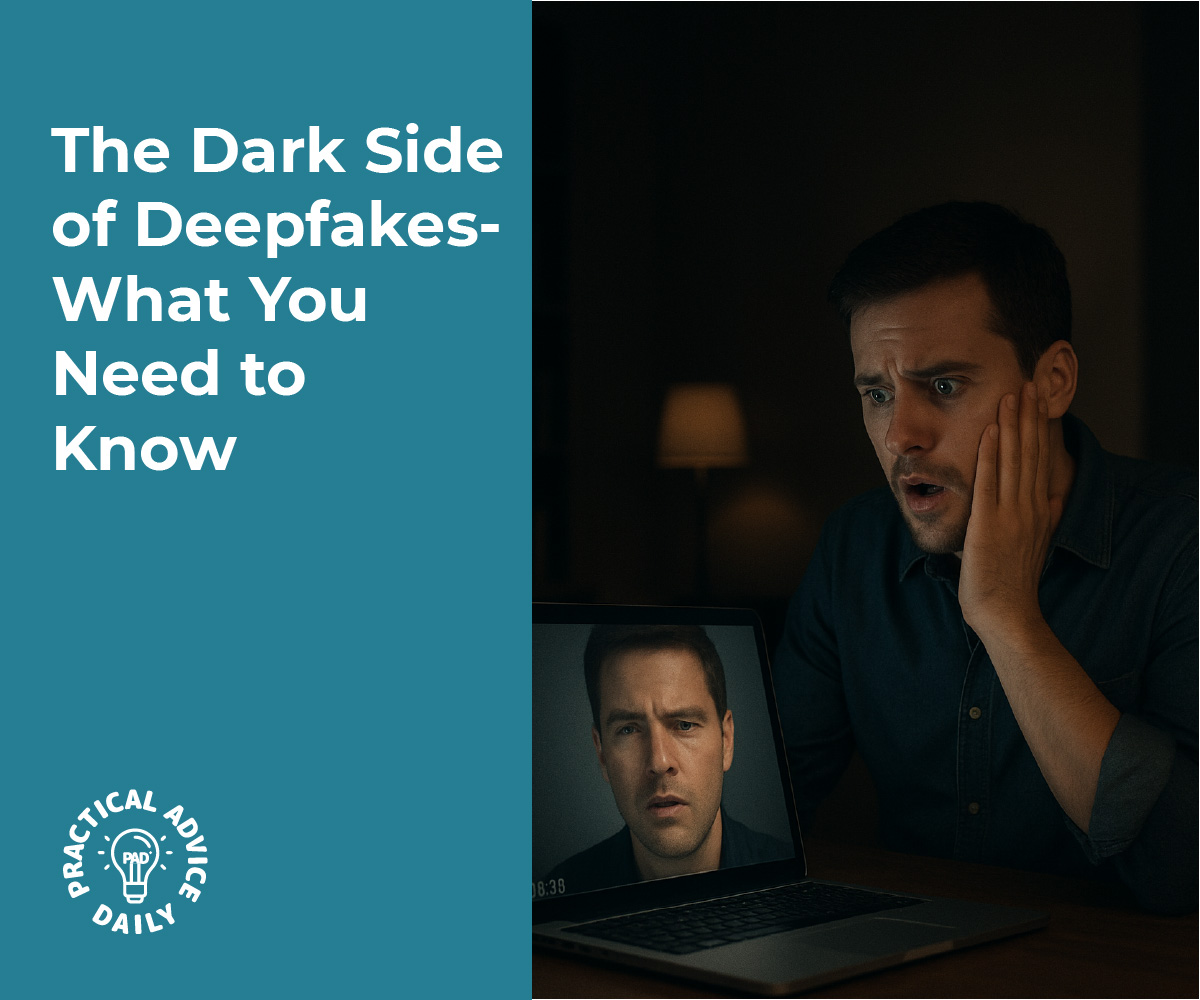Imagine seeing a video of a famous person saying something shocking—only to discover later it was never real. That’s the power of deepfakes, a type of computer-made video or audio that looks and sounds real, but isn’t.
While deepfake technology can be entertaining in movies or funny online clips, it also has a darker side. It can be used to spread lies, trick people out of money, or harm reputations.
In this article, we’ll break down what deepfakes are, how they work in simple terms, and why they matter. You don’t need any technical background—just curiosity and a willingness to learn.
Table of Contents
Key Takeaways
- Deepfakes use AI to create fake but realistic-looking videos, images, or voices.
- They can be fun in entertainment, but dangerous in politics, scams, or fake news.
- Common risks include fraud, reputation damage, and public confusion.
- You can protect yourself by learning to question suspicious videos and news.
What Are Deepfakes?
A deepfake is a video, audio clip, or picture made using artificial intelligence. The AI is trained to copy how someone looks, moves, or speaks, and then puts that information into a new scene.
For example:
- A video might show a celebrity appearing to promote a product they’ve never heard of.
- A phone scam might use a fake voice recording of a family member asking for money.
- A politician could be shown making false statements they never said.
At first glance, these fakes can look very real—sometimes too real. That’s what makes them powerful and risky.
How Do Deepfakes Work? (Simple Version)
The word “deepfake” comes from deep learning, a type of AI that learns patterns.
Here’s a simplified breakdown:
- The AI studies lots of photos, videos, or audio recordings of a person.
- It learns the person’s face, expressions, and voice patterns.
- The computer then creates new content—like a video of them speaking words they never actually said.
Think of it like a digital puppet. The AI can move the puppet’s mouth, voice, and expressions so smoothly that it looks real.

The Risks of Deepfakes
While deepfakes can be used in fun ways (like special effects in movies), they also bring real dangers. Let’s look at the main risks:
1. Politics and Fake News
- A deepfake could show a leader saying something false right before an election.
- This could confuse voters and spread misinformation quickly.
- Even after the fake is proven wrong, some people may still believe it.
2. Scams and Fraud
- Criminals use deepfake voices to trick people.
- Example: A scammer calls pretending to be your grandchild, asking for money. The voice sounds real, making it easier to fall for.
3. Reputation Damage
- Fake videos can be made to embarrass or harm someone’s reputation.
- This is especially dangerous for celebrities, leaders, or anyone with an online presence.
4. Entertainment and Confusion
- Some people share deepfakes as jokes. While harmless at first, they can still cause confusion when others don’t realize it’s fake.
Real-Life Examples
- In 2019, criminals used a deepfake voice to trick a company CEO into transferring money—costing the company hundreds of thousands of dollars.
- Fake celebrity videos often circulate online, showing stars in ads or clips they never took part in.
- Political deepfakes have been spotted in different countries, stirring up public confusion.
How to Protect Yourself from Deepfakes
You don’t need technical skills to be cautious. Here are some practical tips:
- Be skeptical of shocking videos
If something looks or sounds unusual, don’t take it at face value. - Check reliable news sources
See if trusted outlets are reporting the same story. - Look for signs of fakery
- Blurry or mismatched facial features
- Strange blinking or lip movement
- Background details that don’t fit
- Pause before sharing
Ask yourself: Could this be fake? Sharing without checking spreads harm. - Protect your own images and voice
Limit what you post online. The less material available, the harder it is for someone to copy you.
The Future of Deepfakes
Deepfakes will likely become even more realistic and harder to detect. At the same time, researchers are creating tools to spot them. Social media platforms are also working to label or remove deepfake content.
For everyday people, awareness is the best defense. By learning what deepfakes are and how they’re used, you’re less likely to be fooled.
Final Thoughts
Deepfakes can be fascinating, but they also carry risks that affect politics, safety, and trust online. By staying alert and cautious, you can protect yourself from falling victim to scams or misinformation.
Remember, not everything you see or hear on the internet is real. The more you practice spotting the signs, the more confident you’ll feel.
